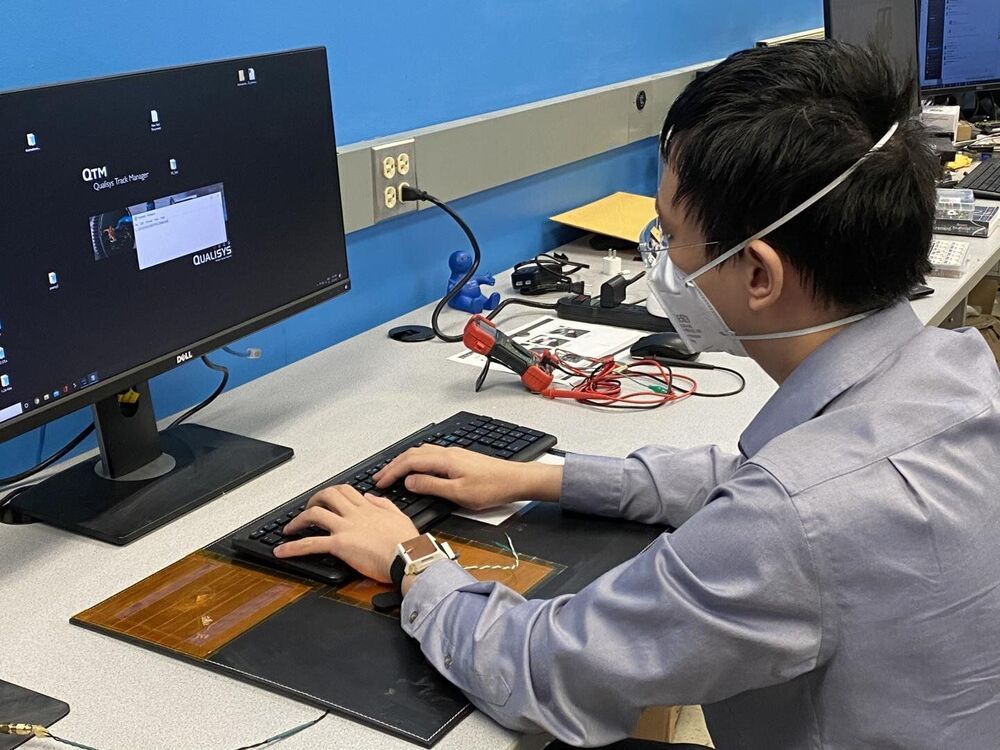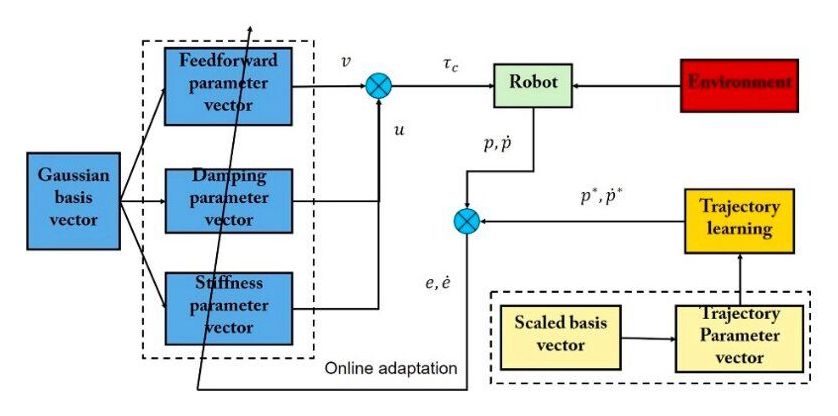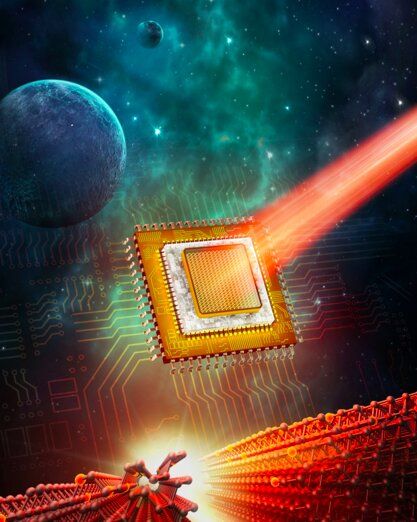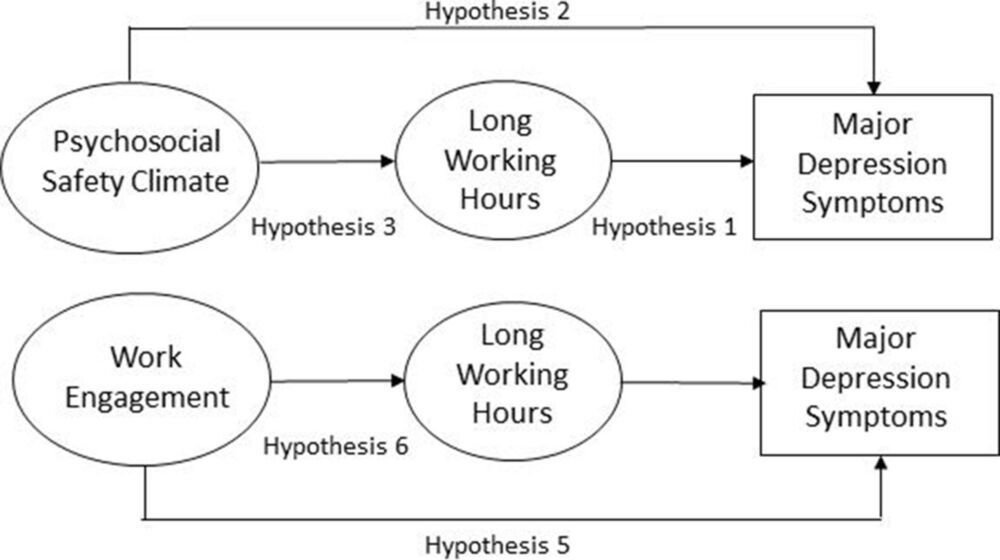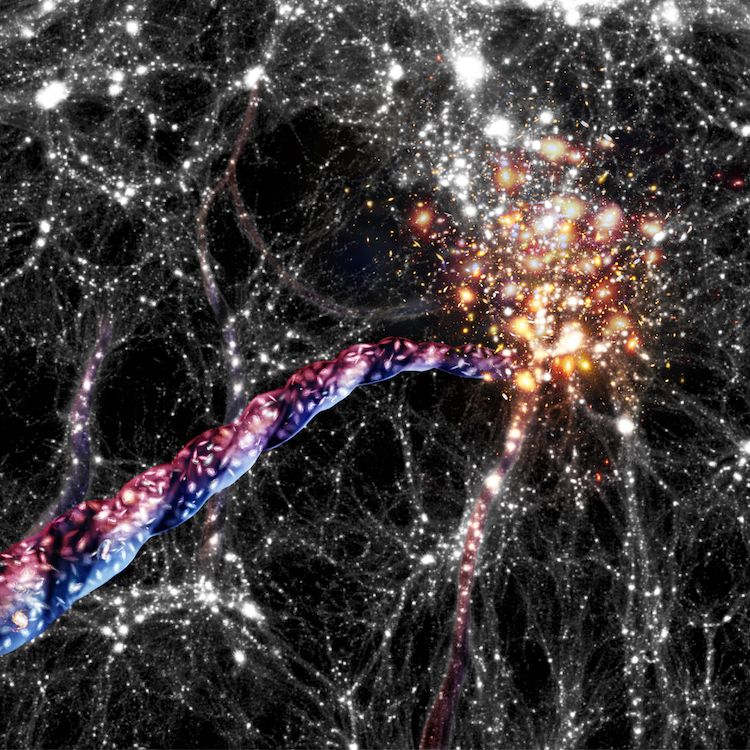Jul 2, 2021
Skin in the game: Transformative approach uses the human body to recharge smartwatches
Posted by Saúl Morales Rodriguéz in categories: biotech/medical, health, wearables
As smart watches are increasingly able to monitor the vital signs of health, including what’s going on when we sleep, a problem has emerged: Those wearable, wireless devices are often disconnected from our body overnight, being charged at the bedside.
“Quality of sleep and its patterns contain a lot of important information about patients’ health conditions,” says Sunghoon Ivan Lee, assistant professor in the University of Massachusetts Amherst College of Information and Computer Sciences and director of the Advanced Human Health Analytics Laboratory.
